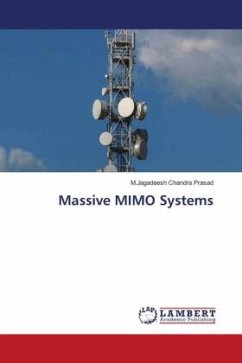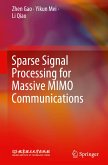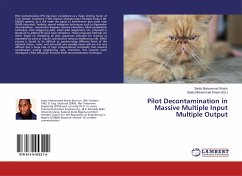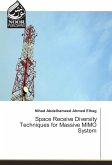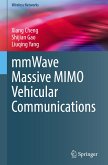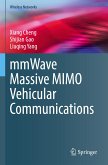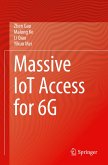The Long-term evaluation (LTE) based Fourth generation (4G) and Fifth Generation (5G)communications requires the higher data rates to satisfy the requirements of user equipment. However, the conventional Multiple Input Multiple Output (MIMO) systems are failed to provide the maximum throughput, data rates to end users, which is challenging task. Further, increment in the data rates, causing higher power consumption, which resulted in reduction of spectrum efficiency and energy efficiency. Initially, this research work is focusing on implementation of Expectation Maximization based Doubly Selective (EMDS) channel estimation method for MIMO systems. Here, the EMDS scheme divides the channel into an expectation and maximization vectors based on antenna diversity. Further, time sample and frequency band base dual channel analysis are performed to maintain the synchronization in the receiver. The capacity, Mean Square Error (MSE), bit error rate (BER) performance measures are measuredfor 4x4, 8x8 and 16x16 MIMO systems using EMDS channel estimation. However, the proposed MIMO system can be suitable for 4G communications.

